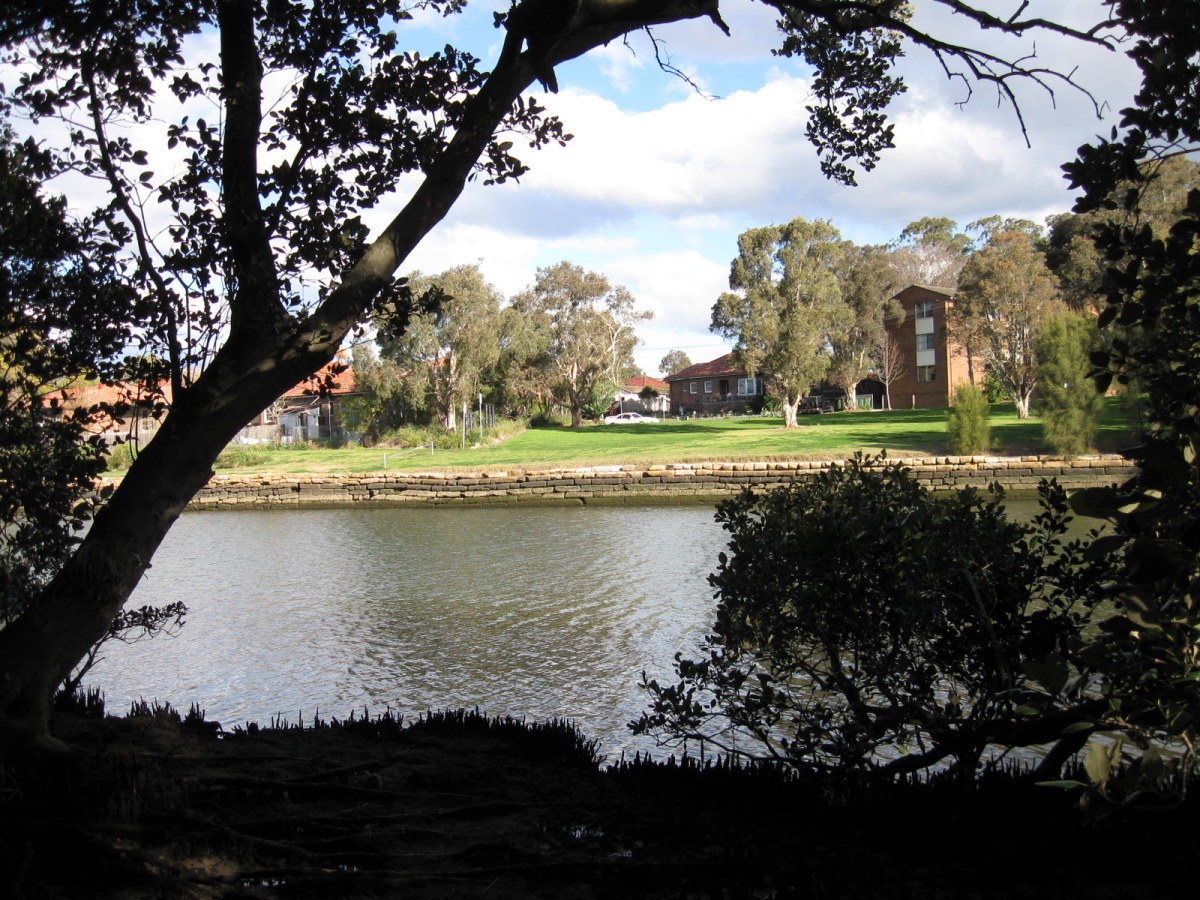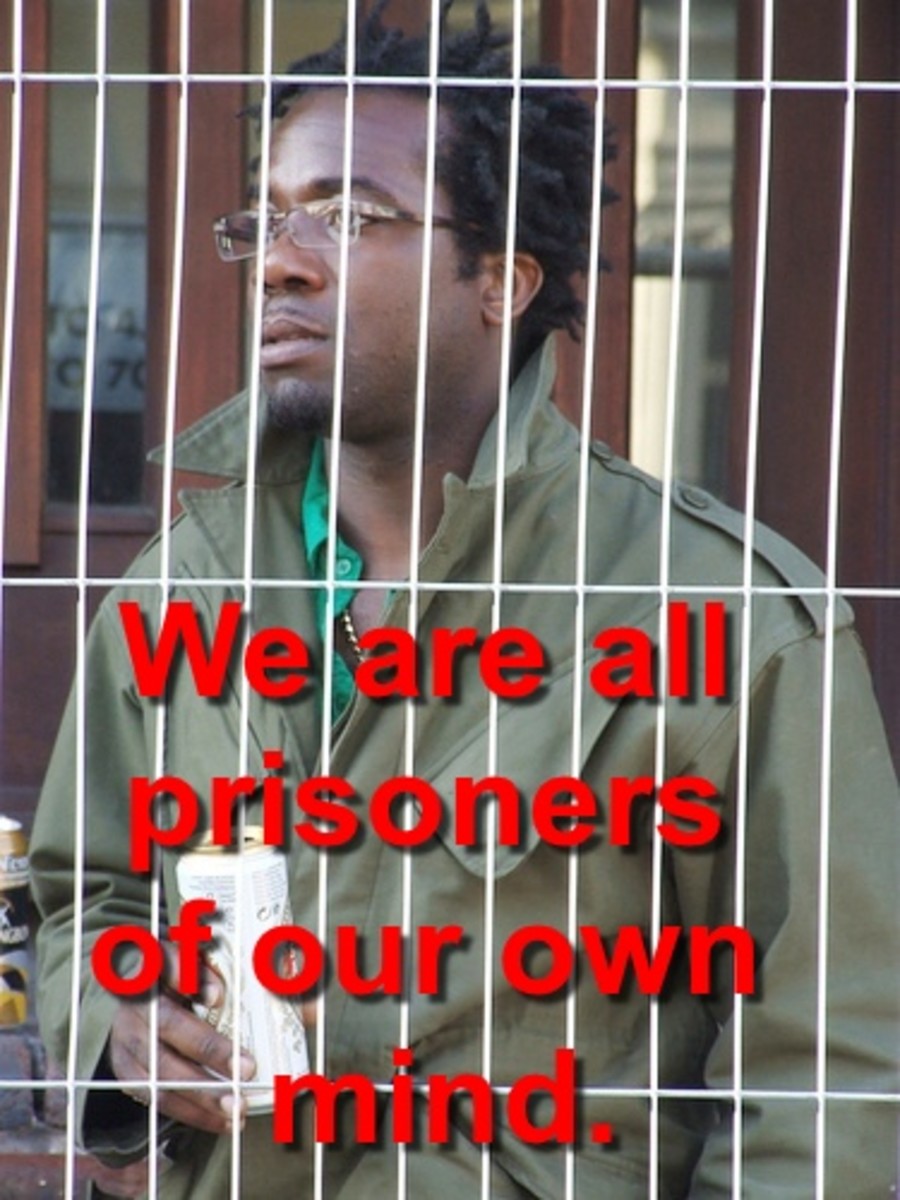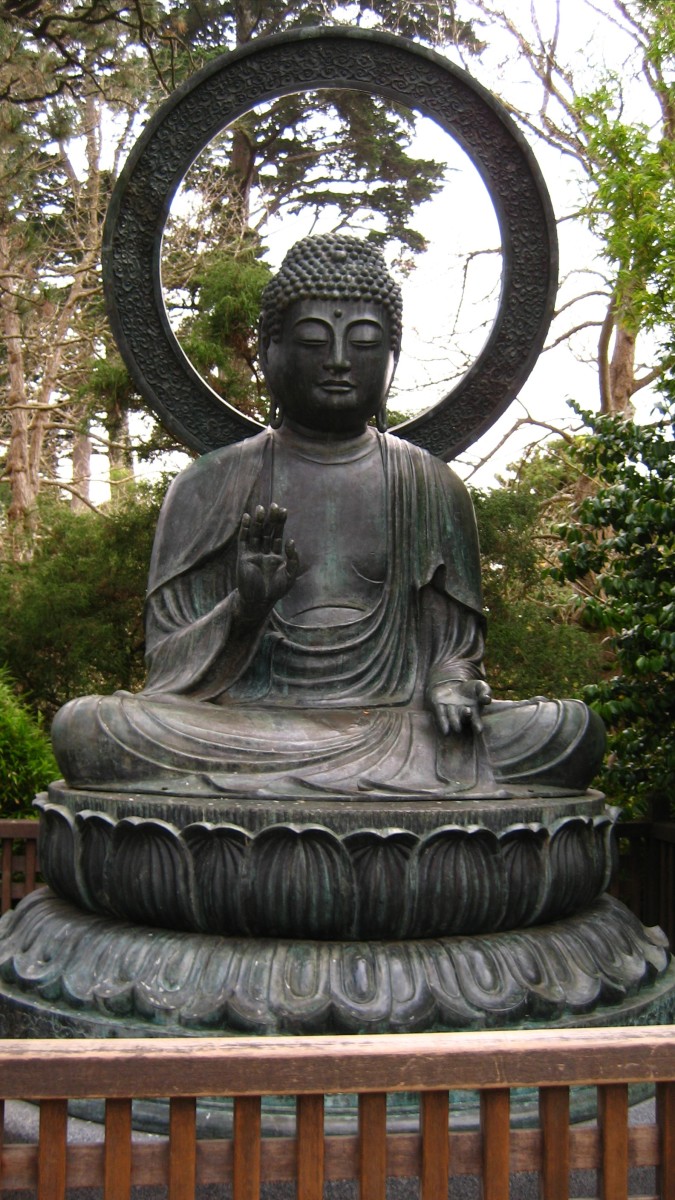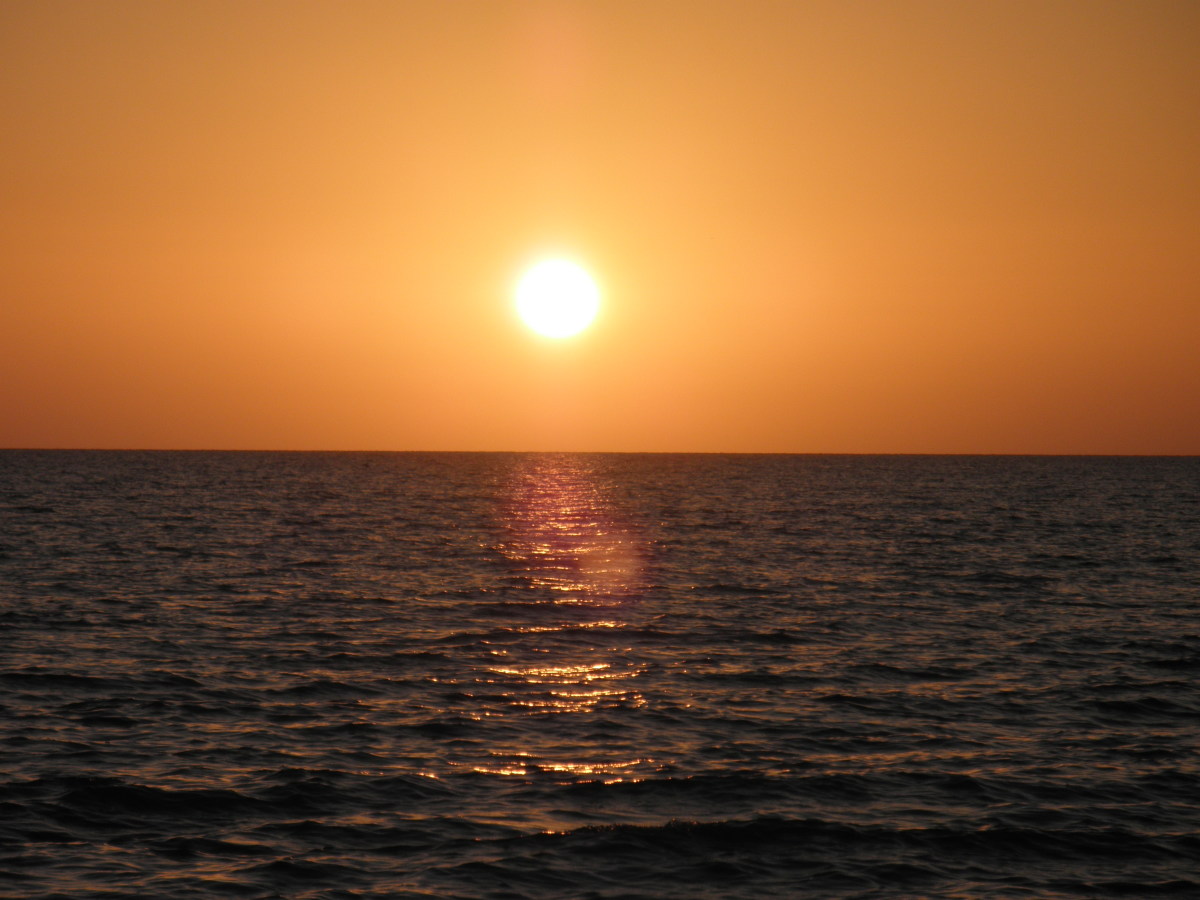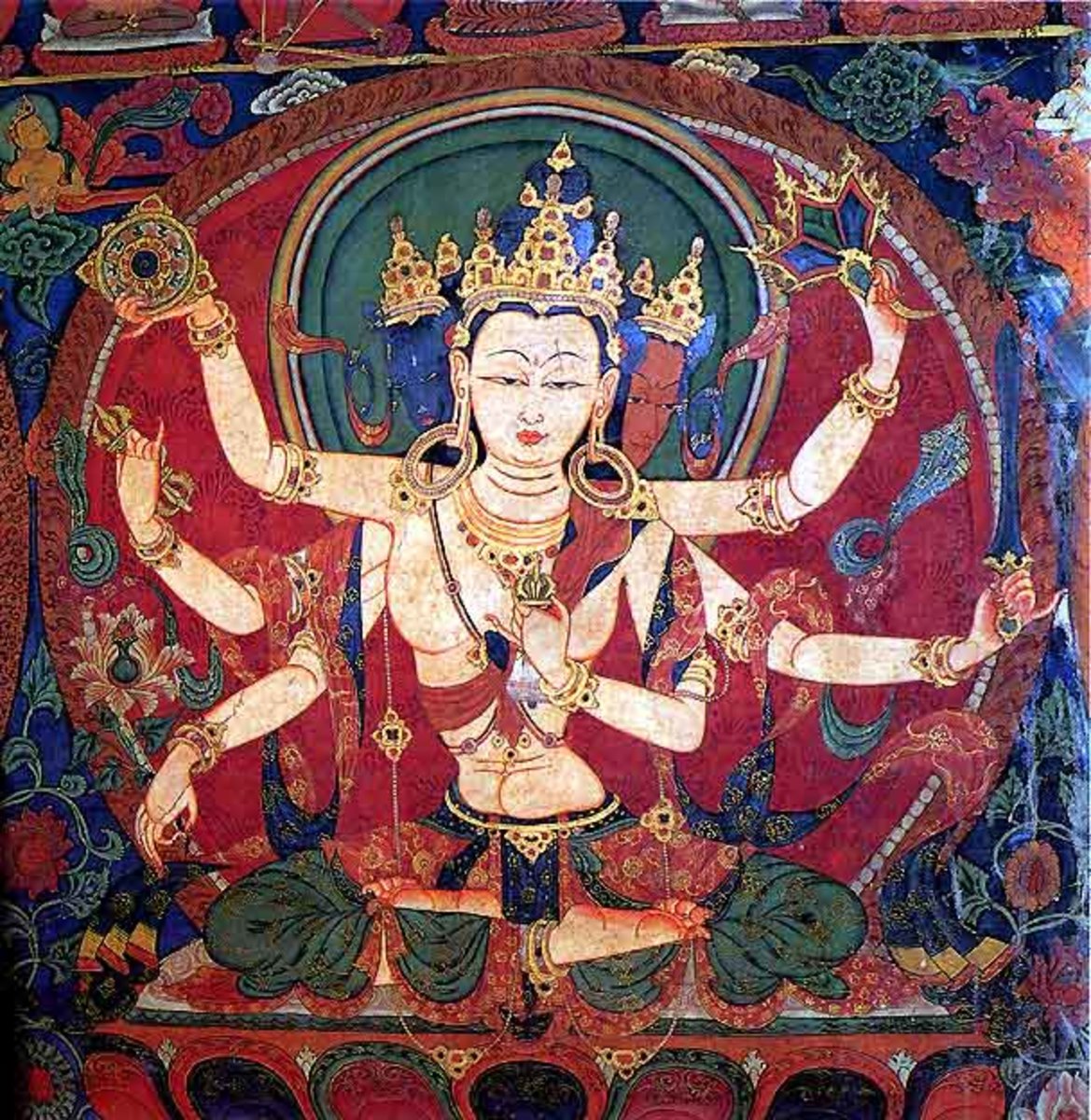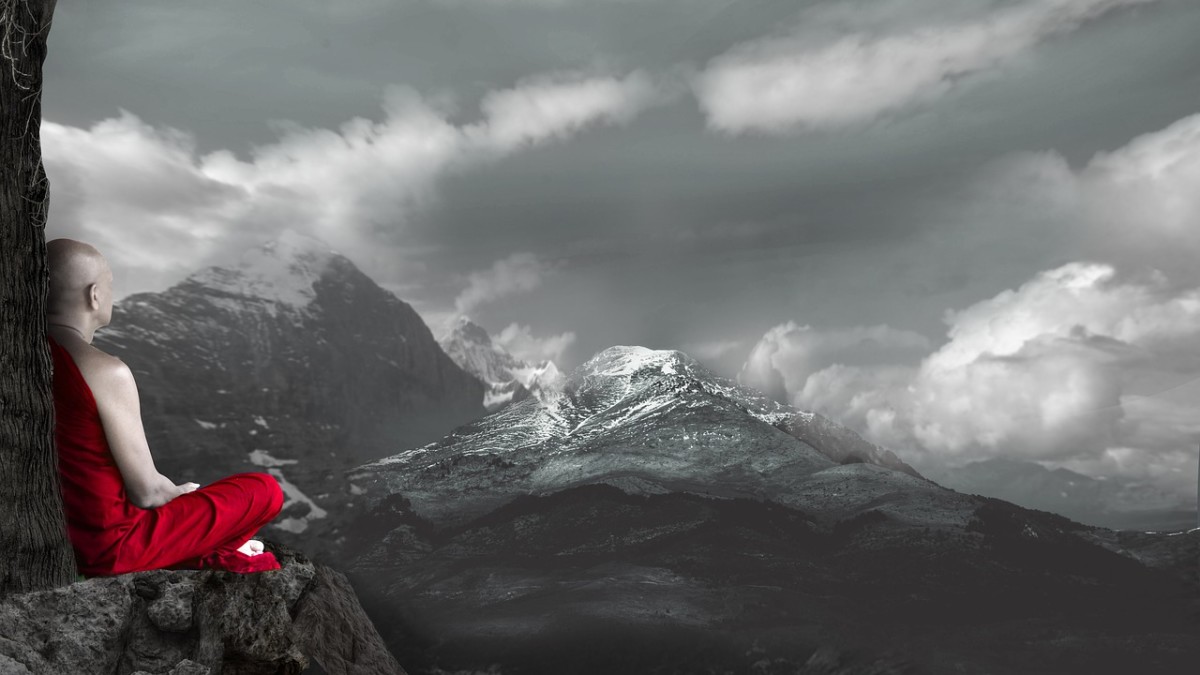Something to Say About Ten Days of Silent Meditation
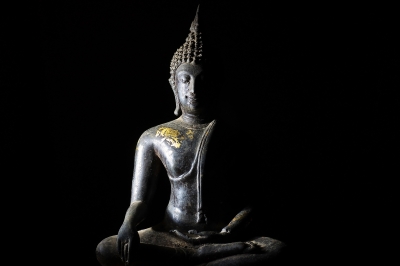
It was the method by which the Buddha attained enlightenment. On day five of a ten-day course in the same technique, I wondered if I hadn’t too.
Vipassana – an ancient Pali word meaning “the right way to see”, or “observation of reality as it is” – is said to even predate Gautama Buddha himself, who supposedly only rediscovered it 2500 years ago. The practice became lost to India once more 500 years later, though only after spreading east. Preserved by a small few in Burma, now Myanmar, the practice was reintroduced to India in 1969 by one of its students, an industrialist named S.N. Goenka, who had practiced the technique as a migraine cure. Relieved of his worldly stresses by the technique, the migraines dispersed; but Goenka himself, as a human being, was also transformed.
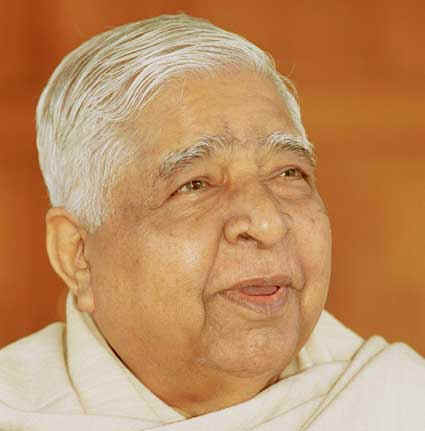
Since then he has helped introduce Vipassana to more than 50 countries. The ten-day introductory course, now available worldwide, is entirely, and commendably, free of charge, the movement subsisting solely upon the donations of grateful past students. After getting to know two separate past attendees of the ten-day course, I knew I wanted to try it. Both seemed to have something that I had never encountered before: an understanding of emotions and how they influence behaviour towards ourselves and others. And because of this understanding, they shared something even more attractive, a rare compassion.
For the duration of a Vipassana retreat one samples the life of a monk, adhering to a vow of “noble silence”, sleeping in a dorm, fed by volunteers, sitting in meditation for a daunting ten hours a day. At half-past dream each morning, a gentle gong seeps into slumber, softly but insistently fixing one back in the world in time for the first meditation at 4.30. The course I attended was at Casa Karuna, a venue high on a beautiful steep hillside in the picturesque woody terrain around Monchique in Portugal’s Algarve. Awaking here at such a time, the stars and the darkness, the shimmering lights of the distant coast and the rushing of wind through tall pines, are all sublime to a quietened mind. My growing inner stillness was perhaps the most beautiful part of it all, usual worries diluted down to only a mild concern about whether I would get enough from the course, and this too would soon be dissolved.
For the first three and a half days students sit and focus upon their breath and the space between the top lip and the nostrils. This is Anapana meditation, which serves to sharpen the mind, sensitising it to bodily sensations in preparation for the Vipassana to come. In these first days, walking quietly between the meditation hall, dining room and dormitory, wearing light and loose clothes, meditation blanket over shoulders, I was amused to reflect that perhaps I could one day live as a full time monk. I had never done anything like this before, but institutionalisation felt surprisingly good, cosy and cleansing. I detected a burgeoning feeling of purity and nobility, not just in myself, but amongst also the 15 or so other men that shared the male section with me. This is what it must feel like to be a Jedi, I thought.
The longest meditation session of each day lasts two hours, though students are free to shift position whenever too uncomfortable. At the beginning, I found it unbearable to sit for longer than five minutes. The teacher, flanked by two assistants, sits facing the students, speaking softly and sparingly – just enough to provide guidance for that particular moment’s experience without suggesting what to expect or straying into theory. The exception to this was when he assured us that by the time we started Vipassana on day four we would be able to withstand the pain of sitting. I took this incorrectly to mean that in these first days we would have to push ourselves to get there. And so, early on day three, after massive efforts, I prematurely broke through a pain barrier whereby the insistent pain in my legs (akin to something like tooth-ache) ebbed away to a mysterious and unexpected cool bodiless sensation, or lack of sensation.
The Vipassana technique itself, introduced on day four, involves turning the Anapana sharpened mind upon the whole body, scanning from head to toe for the sensations that one would normally never detect. Then you are merely to watch them, to accept them, with equanimity and an appreciation of their impermanence. Thus is the mind trained to be equanimous: free of craving and aversion. This technique differs from other meditation techniques, such as those enlisting mantras, in that it is founded upon acceptance of ‘what is’ – via the acceptance of the body’s sensations – rather than in an attempt to divert the mind from the source of its misery. Vipassana practitioners call the sensations that arise during this process sankharas, locked in impurities created by past cravings and aversions. Through Vipassana meditation, it is asserted, they can more readily come to the surface and pass away. This eradication occurs when we allow ourselves to merely experience the sensations, to observe reality as it is, without mentally adding anything on top. Thus, the habit of reaction is gradually broken, liberating the meditator piecemeal from past conditioning.
The strangest Sankhara sensation I experienced manifested on my right cheek, a feeling like an insect crawling backwards and forwards in a semi-circle for perhaps a minute before finally, and bizarrely, disappearing into my nostril. It put me in mind of a London art exhibition I’d heard of called Ant Noises, a deliberate anagram of “sensation”. Sensation is just ant noises, I thought, and wondered if there was some significance to this anagrammatic coincidence.
Goenka’s singing, played on tape toward the end of each session, would bring an ecstasy of relief each time, signalling that the chance to change position and stretch the legs was close at hand – just as soon as he had finished ambling through his strange rumbling Pali songs. So great was the pain for one of my roommates that he would be drenched in sweat by the end of many a session. One lunchtime – lunchtimes being the only formal opportunity to break the noble silence and question the assistant teachers – I went along to the meditation hall and asked for advice on how best to manage the discomfort of sitting.
“Pain is
your friend,” the assistant teacher replied enigmatically, though not without a
hint of healthy irony. The thought, “It has a funny way of showing it,” then haunted
my mind through the agony of the next sessions.
It was also around day four that the teacher broke it to us about the Sittings of Strong Determination. We would soon be expected to attempt to sit without moving for a full hour, three times a day. Many of us had already taken to limbering up like athletes outside the hall before each meditation, bending backs, stretching legs, mentally focusing. Now the bar was being raised even higher. During one of these sessions, retaining my equanimity despite extreme leg pain, I felt the sensations transform themselves into a bizarre and unexpected painless wave, akin to an electric current, which flowed through my legs and hands. My heartbeat accelerated rapidly of its own accord and seemed to slowly ascend through my chest towards my throat. Melting sensations broke out in many areas of my body, as if sankharas were boiling and trickling away. I later realised that I had also been breathing rapidly and quite noisily at this point, entirely focused on my inner experience. There was no question of opening my eyes to an outside world that now seemed an irrelevance. The breathing and creaking floorboards of shifting meditators around me now seemed a part of me, part of a building crescendo, somehow an indicator of my progress towards something, some end point, urging me on, despite my fear. Was I being enlightened?
And then I reached it – the end point. The whole thing seemed over, my body remained painless and comfortable, despite sitting motionless and cross-legged for more than an hour, and the emerging of sankharas had ceased. The thought came to me from nowhere, as if from outside myself – or somewhere deep inside myself – that I could return to this point at any time, whenever I needed. This state was always there, always attainable, whatever it was. Soon after, the session ended, and I opened my eyes to the world once more. It was still there. Stiffly, as was always the way after these long sessions, I took myself outside and down the path to fittingly, Buddha-like, sit under a tree in the benign, slanting afternoon sun. I was content. I felt that I had achieved something and was very peaceful. But, unlike Buddha, I was puzzled. What had just happened?
During the ten days, sleep felt sweeter, dreams more meaningful. Drifting off one night in the middle of the course, I spontaneously entered a state between waking and sleeping that I had never experienced before, quite different to the usual twilight state before sleep. I kept switching into a cool airy space, seemingly beyond my body, wide awake but deeply relaxed. To me, this was evidence of deep and significant change. Yet, petty annoyances were continuing to dog me, equanimity abandoning me on exiting the meditation hall. I sensed I wasn’t the only one experiencing this. Queuing silently in the dining room, there often seemed a prickly stress amongst us all, a craving to get to the food table before any shortages. Bedding down each evening I was astounded by a consistent latecomer who, despite always being last to bed in a small and darkened dorm, would shuffle noisily and shine a torch for something I was sure he couldn’t possibly need. But by around day eight I managed to let it all go, experiencing a continuing equanimity and acceptance of every phenomenon. And so, when the blonde young Italian surfer attempting to meditate by my side in the hall suddenly began drumming out a beat with his bored fingers, I felt only amusement.
It was also on day eight that I transcended the pain once more, after two frustrating days of trying. I achieved this by relinquishing it as a target and returning to the goal espoused by the teachers: equanimity, a craving and aversion-free acceptance of the moment. The pain drifted away in a similar fashion as before to leave a strange tranquillity, though without becoming anything more than this, as it had on day five. Equanimity was the true goal, and I was beginning to more consistently achieve it. Though, as Goenka said in one of his often quite amusing nightly video lectures, these ten days were but the first step in a long journey, for Vipassana is to be practiced every day, for the rest of one’s life.
Finally, the course reached its penultimate day, we could speak once more and men and women were allowed to mix. With this, Casa Karuna was suddenly transformed from a peaceful retreat centre into a small utopian community full of life. The spirit was truly fantastic: light, energetic, open. Though we had not spoken to each other for the whole duration, and most of us were strangers, we were all bonded by this incredible experience.
The next day, with everyone saying their goodbyes and exchanging email addresses, backpacks packed and cars waiting, it felt like the jubilant last day of term at a boarding school. Rolling away through the idyllic hilly countryside, eating freshly picked figs in the back of a car, sun strobing between pines, life seemed to have become an easier thing, with bliss itself close at hand.
For more information about Vipassana Meditation and the addresses of course centres worldwide, go to http://www.dhamma.org.


